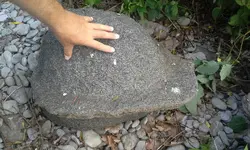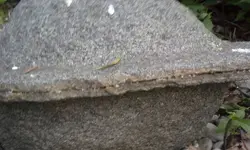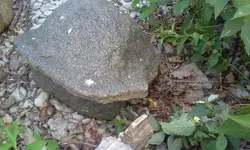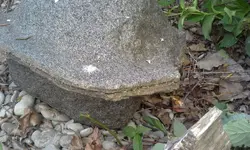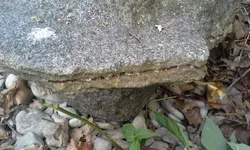Polabear3
Tenderfoot
- Joined
- Jul 1, 2014
- Messages
- 1
- Reaction score
- 0
- Golden Thread
- 0
- Primary Interest:
- All Treasure Hunting
The attached pictures were taken at a friend's cottage, of a rock pulled from Lake Ontario. We have had it sitting next to the camp fire pit for many years now, and it always sparks conversation of what it could be. We figured it was time to try to get some answers. Thoughts?



